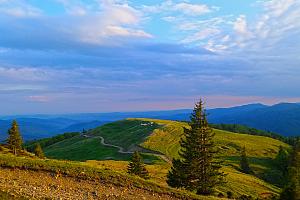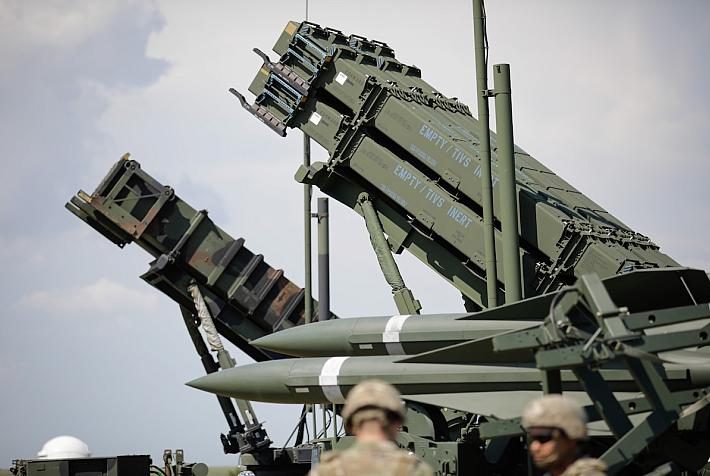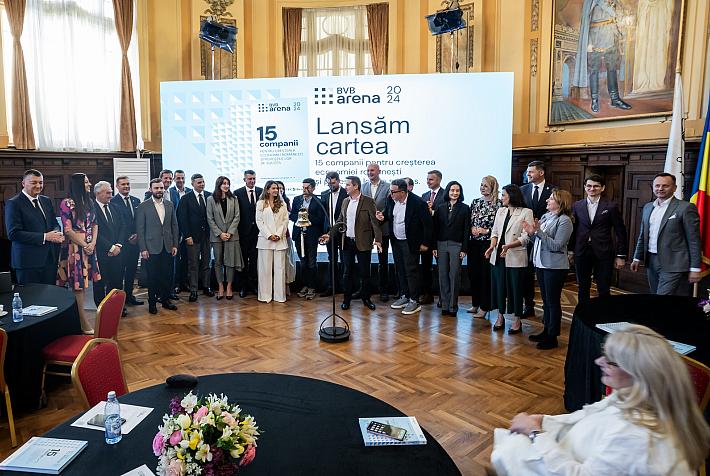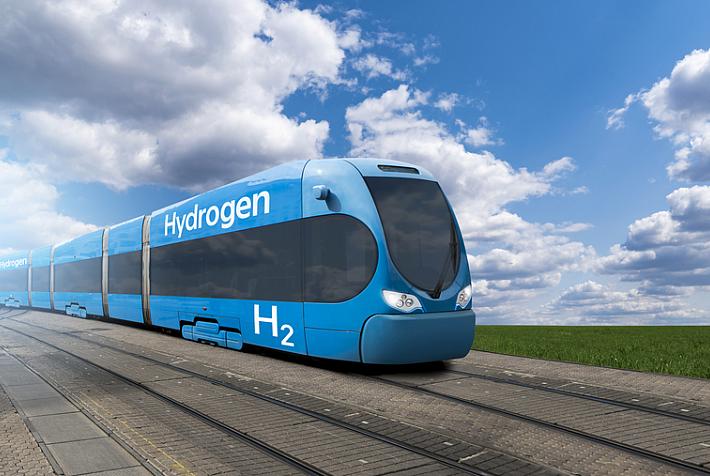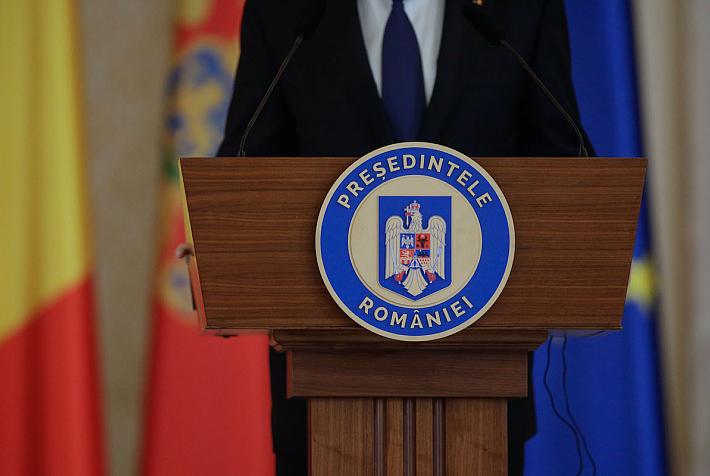What are Romanians most proud of? History, traditions, people & more
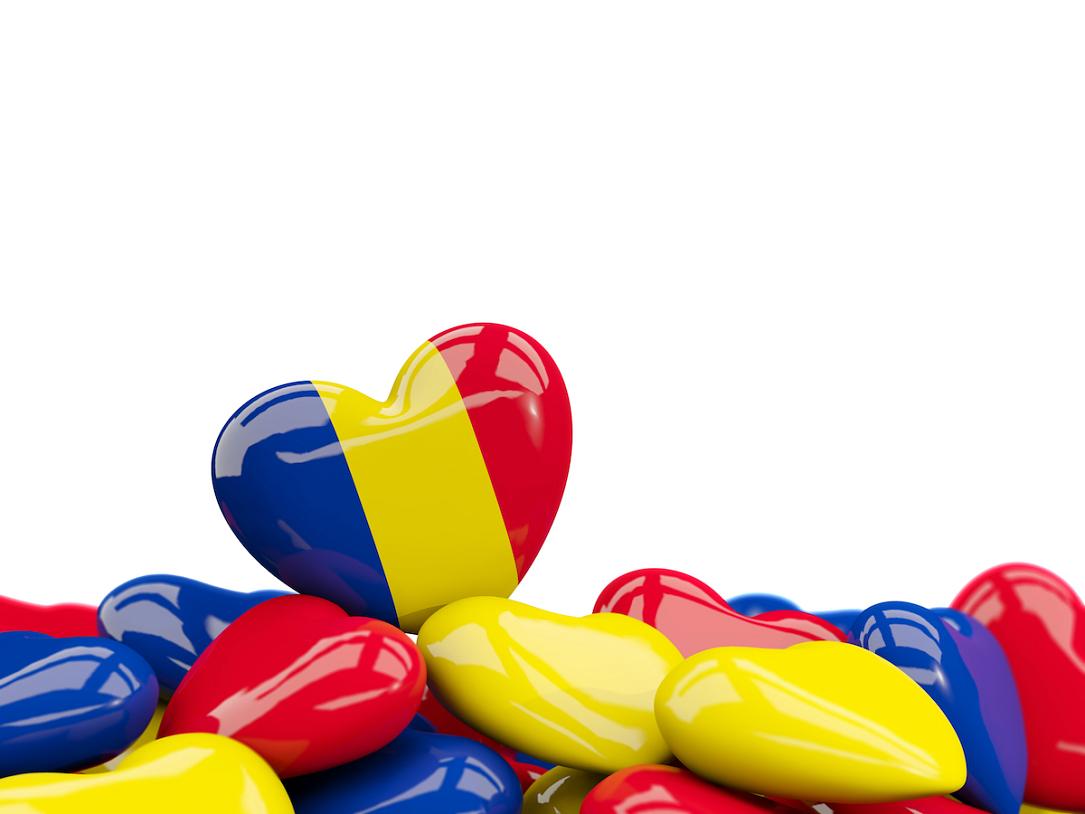
Romanians may be unhappy with some of the things happening in their country, but there are many other things that make them feel proud to belong to this nation. In this article, we're focusing on the good: the things the Romanians are most proud of.
- The history
Most Romanians talk with passion about their history, proudly presenting themselves as the descendants of the Dacians and the Romans. They often say that the Romanian nation kept its ancestors' greatness and strength.
But there are also other historical figures the Romanians are proud of. Probably the first on the list is Vlad the Impaler (Vlad Tepes in Romanian) - the legendary prince of Wallachia that the Romanians still see as a national hero. A survey from 2016 said, for example, that the Romanians would even vote him for president. Due to his cruel and violent methods of punishing the enemies (including having them impaled) and the thieves, Vlad Tepes is often cited as a symbol of the fight against corruption, the fight for justice.
Stephen the Great - the prince of Moldavia between 1457 and 1504, Mircea the Elder - prince of Wallachia between 1386 and 1418, and Michael the Brave - prince of Wallachia, prince of Moldavia and de facto ruler of Transylvania, were also victorious in crucial battles of the time, changing the nation's path forever. They all remained in history as true patriots and brave rulers. Thus, for most Romanians today, they represent the image of great and fair leadership.
Romanians also feel proud when they talk about prince Alexandru Ioan Cuza - the first leader of the Romanian Principalities, and the country's kings - King Carol I, King Ferdinand I, King Carol II, and King Mihai I.
- The customs & traditions and the authentic village life
Romanians are very connected to their roots and traditions. Most religious or private events in Romanians' lives come with their own traditions and customs, and the Romanians are proud of all of them.
Two of the most important religious holidays in Romania are Easter and Christmas, and both bring large numbers of believers to the Church. And for both, many traditions have been preserved to this day. On Easter, for example, the Romanians paint eggs and then enjoy together the game of "egg tapping," and they bring the "holy light" back to their homes from the midnight mass celebrating the Resurrection of Christ. For Christmas, they have unique carols & traditional dances, and, mostly in rural areas, some still keep the tradition of pig slaughtering. Pork is the special meat for the Christmas holiday in Romania, while lamb never misses from the Easter menu.
Romanians are also proud of their authentic rural life, with its traditions, simple life, hard work, and respect for the land. All of them are still considered today as some of the most important values of the Romanian nation.
- The food
You'll probably not find many Romanians who do not speak proudly about the local foods and drinks: how tasty all these dishes are and how eager they are to eat some sarmale, mici, or cozonac again.
Food is an important part of the Romanians' lives, and the traditional dishes are at the top of the list: they love to eat local foods and share with others. For example, those invited to a Romanian's house should expect to be welcomed with traditional drinks such as tuica, palinca, or local wine, and then a real culinary feast with multiple courses.
The most popular local dishes are sarmale (a mixture of rice and minced meat rolled in cabbage leaves usually served with polenta), mici (short sausages without casings that never miss from barbecues), or smoked pork (mainly ciolan afumat) with varza calita (steamed cabbage – which is also served with sausages, duck or pork ribs) or fasole (beans – which is turned into a star main course when served with sausages).
Among desserts, the sweet bread cozonac usually tops the list, but the Romanians also like papanasi (a fried pastry filled with cottage or soft cheese and covered with sour cream and jam) or galuste cu prune (plum dumplings).
- Natural wonders & wildlife
Romanians are also proud of their country's natural beauties and rich wildlife. Most would most likely recommend the Danube Delta - famous worldwide as one of the largest and best-preserved of Europe's deltas and a biodiversity hotspot, and the Carpathian Mountains - one of the wildest areas of Romania and home to some of the last remaining virgin forests in Europe.
Romania's offer for nature enthusiasts is quite varied: from mountain lakes, waterfalls, and mysterious caves to dozens of national and natural parks, high mountain peaks, the Danube River, and the Black Sea.
Plus, there are plenty of wild animals to see here, right in their natural habitat. In the higher areas, travelers can spot big predators such as the brown bear, the wolf, and the lynx, but also bison and the beautiful foxes, deer, and chamois. The Danube Delta is also a "paradise" for a variety of birds and wild animals. Tourists can see here great white pelicans and swans, eagles, hawks, and gulls, as well as the beautiful wild horses in Letea Forest, wild cats, or otters.
- The country's amazing man-made attractions
Romania is also famous for man-made tourist sights such as the giant Parliament Palace in Bucharest or the Bran Castle in Brasov (widely known as Dracula's Castle). And all these landmarks also make the Romanians feel proud.
This list is quite long and varied, with plenty of human-made tourist attractions to visit and discover in Romania. There are the castles, for example, such as the Peles Castle in Sinaia or the Corvin Castle in Hunedoara, the famous churches in the regions of Moldova and Maramures, or the many citadels and fortresses. Plus, Romanians would also recommend the famous Transfagarasan and Transalpina high-altitude roads, the Casino in Constanta or the Caraiman Cross on top of the Bucegi Mountains, and the unique Merry Cemetery in Sapanta.
All these places await tourists with fascinating stories and engaging experiences.
- The talented people who made Romania famous worldwide
Romanians are also proud of all the talented and hardworking people who put Romania on the world map in many areas, from sports and science/inventions to culture & arts.
Many Romanians will most likely bring up Gheorghe Hagi, Nadia Comaneci, Ion Tiriac, Ilie Nastase, or Simona Halep when discussing sports. All of them, and many others, have worked hard and played their way to the top of world sports, making the entire country very proud (read more about them here).
There are also many Romanian inventors and discoverers who brought important changes to the world, such as Henri Coanda, Aurel Vlaicu and Traian Vuia (all have played important roles as pioneers in aerodynamics and aviation), Petrache Poenaru (the man who invented the world's first fountain pen), and the famous Romanian biologist and physician Ana Aslan.
In the cultural & arts sector, names such as Constantin Brancusi, George Enescu, Mircea Eliade, Eugene Ionesco, Angela Gheorghiu, Gheorghe Zamfir, or Adrian Ghenie are known around the world.
newsroom@romania-insider.com
(Photo source: Mikhail Mishchenko/Dreamstime.com)






